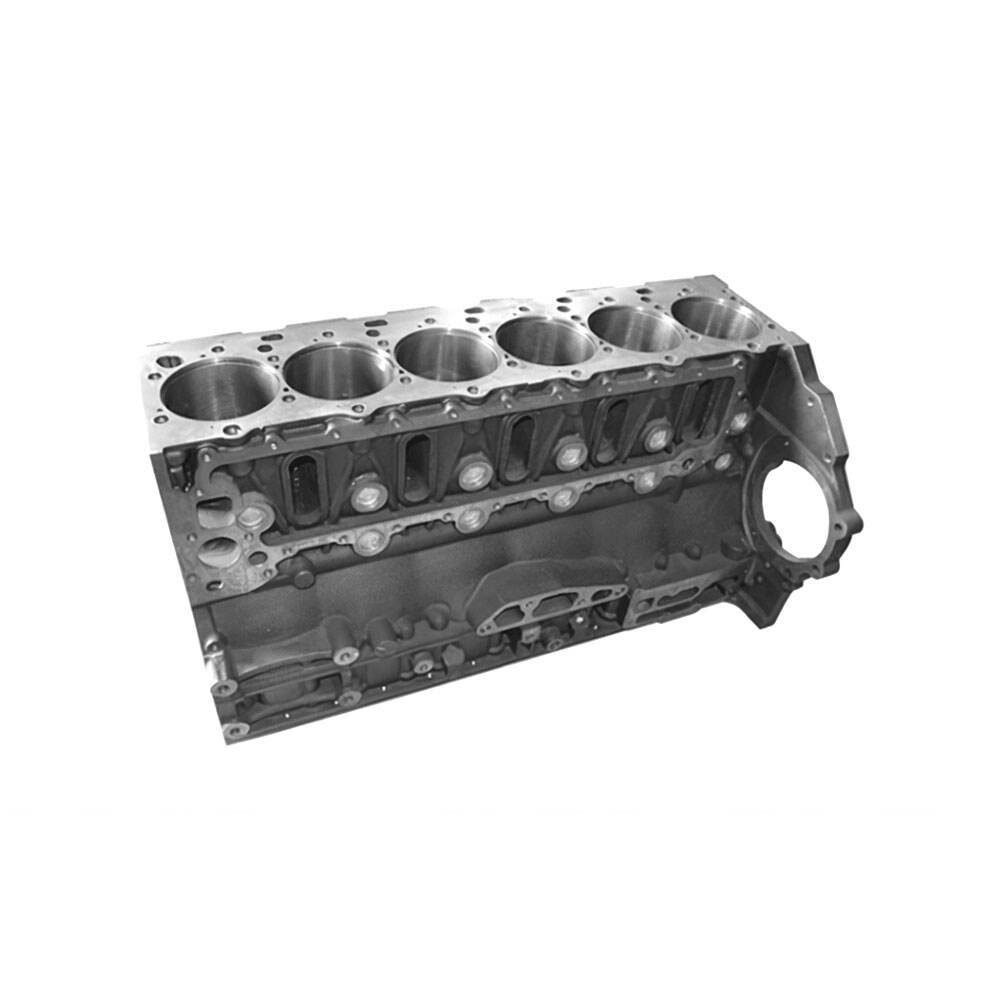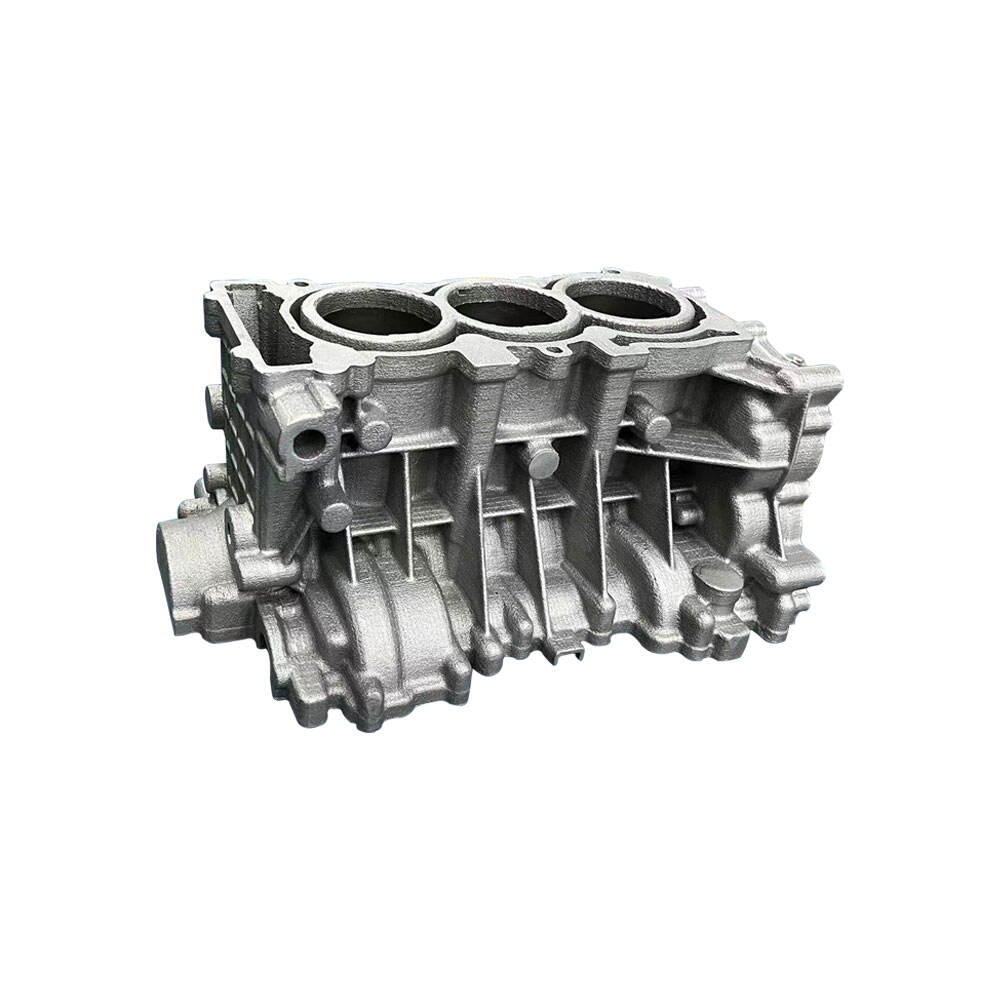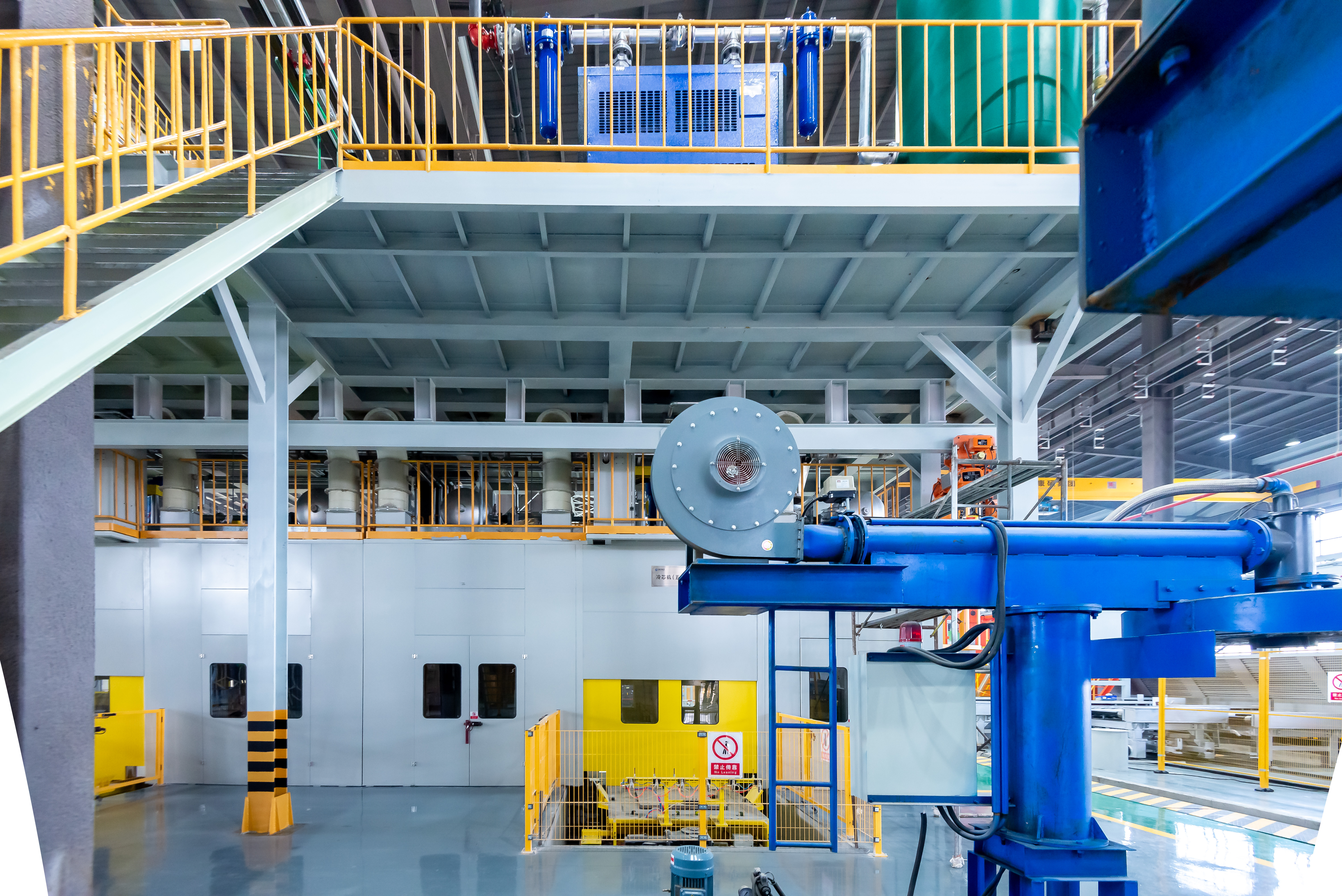Castomize360 | Integrated 3D Sand Printing Solution by Kangshuo Group
“Castomize360” redefines the way precision casting is done. Designed by Kangshuo Group, this all-in-one solution brings consulting, design, 3D printing, casting, machining, inspection, and iteration into a single customizable service package.
We turn your ideas into metal — faster, smarter, greener.
View More


